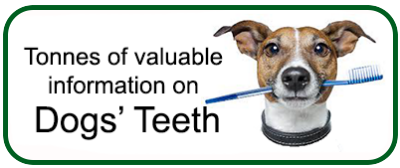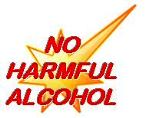The detection and treatment of
Dental caries in dogs
Dog dental decay (caries) |
Why do dogs get less dental decay than humans?
Signs and symptoms of dog dental decay, broken crowns and abscesses
Prevention of dog dental decay (caries
Dog dental decay (caries)
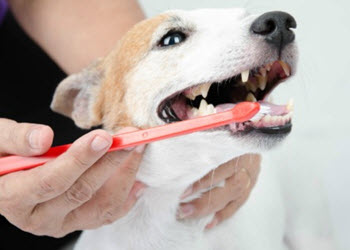
Dogs get detal decay, also known as dental caries for exactly the same reason that humans do.
And that is, when humans and dogs eat refinned carbohydrates and we don't clean our teeth or our dogs' teeth immediately afterwards our teeth and our dogs' teeth are exposed for long periods of time to pure sugar or glucose.
I am referring here to sticky sugary foods such as ice cream, cakes, cookies and breakfast cereals.
If you are guilty of being one of these parents and you would like to avoid dental decay in your dog, be kind to him and avoid giving him refined carbs. There are some great products on the market especially designed for pet parents to replace sugary sticky foods, such as Pigs' Ears, Dental Chew Bones, Beef Knucle Bones or Steer Sticks to chew on.
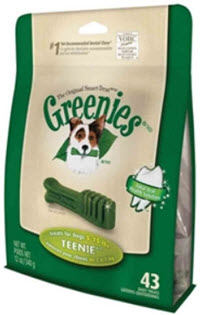
Alternatively, you may prefer to clean your dog's teeth immediately after he has eaten sticky sugary carbs. Cleaning your dog's teeth can be a lot easier than you think and we have put together an article to guide you through the process, if you are a novice at the job How to clean your dog's teeth.
Why do dogs get less dental decay than humans?
If the recent statistics I read are accurate and only 2% of dog owners in the USA brush their dogs teeth, it would be fair to say that humans brush their own teeth far more often than they brush their dogs' teeth. Yet fortunately, our canine companions need to have far less treatment for dog dental decay than we do!
Humans are Omnivores which means they chew their food and mix it with saliva before they swallow it. Human saliva contains amylase which is an essential enzyme for the conversion of refined carbs to glucose.
In other words, digestion of refined carbs in humans starts in their mouths. It is during this conversion process that a very strong acidic is produced, which if not removed within 20 minutes or so of eating will eat away at the enamel and other teeth tissues causing tooth decay to start.
Dogs are Carnivors, in fact they have an undeniable carnivorous bias. Dogs' lower jaws (mandibles) can only move up and down, which means they are incapable of chewing and grinding their food as humans do.
Instead their teeth are made for ripping and tearing at food and then they gulping it down -dog saliva does not contain the emzyme amylase. Dogs pancreases and small intestines produce amylase, therefore the process of digestion in dogs begins much further down the alimentary tract than humans.
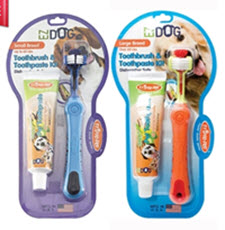
This superb mechanism described above is turned upside down, when owners unknowingly give their dogs food containing pure sugar or glucose.
I am meaning breakfast cereals, ice cream, cookies and cakes etc.as mentioned above, sugar and glucose hve the same effect on dogs' teeth as human teeth. Therefore the more refined the carbs are that you feed your dog the greater the chance that he or she will have of getting dog dental decay.
Once dog dental decay used to be a rarity, but nowadays vets are diagnosing and treating it with increasing frequency.
Current research indicates that at least 5% of dogs presenting at veterinarian clinics have some degree of dental caries.
Signs and symptoms of dog dental decay, broken crowns and abscesses
The image below clearly indicates a carious lesion, where dental decay involves the enamel and dentine tissues of two premolar teeth.
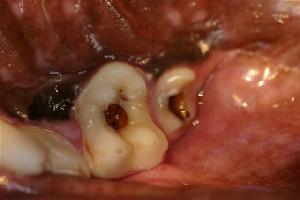
Visual signs and symptoms of dog dental decay or caries are:
- Bad or foul breath, depending on the extent and severity of the decay
- Brownish discolouration of tooth enamel, particularly in pits and fissures on the biting surfaces of premolars and molars
- Discolouration of dentine, the tooth tissue underneath the enamel
- Missing or broken crowns
- Red, inflamed and pussy gums at the apex of the root of a tooth or teeth. This indicates dental decay has entered the pulp canal, and that the pulp has been infected by bacteria, which has progressed to the tooth or teeth becoming non vital and the subsequent forming of an abscess
Treatment of dog dental decay (caries)
However, to be on the safe side, your vet will want to make his final diagnosis on the age of your dog, what your dog's x-rays tell him, what he can see (as in the image below) and what he can feel with his dental probe.
Generally speaking, treatment options for your dog will be pretty similar to those offered to you by your dentist.
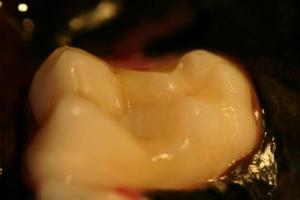
The following criteria will decide what sort of treatment you can expect to be offered for your pooch:
- For dog dental decay in tissues involving the enamel and or dentine your vet will cut a cavity and fill it with a composite material
- If the decay has progressed to the point where the pulp chamber is involved, your vet will give you the option of root canal therapy and restoration of the crown, or extraction. Root canal therapy is very expensive and sadly most people opt for extraction
- If the decay has gone all the way to where bacteria has taken over and an abscess has formed, then your vet will have no choice but to recommend extraction, followed up by a course of antibiotics
- Implants - once the gum has healed following an extraction, it is possible for dogs to have implants, however as with root canal therapy, implants are very expensive and not many people can afford to go down this route
Prevention of dog dental decay (caries)
Prevention, as always, is a much better and far cheaper option. Please take a moment to browse our comprehensive Dog Dental Care Products range. We stock Only Natural pet products and we have 96 items or you to make your choice from.
We also have a special segment on How to clean you dog's teeth.
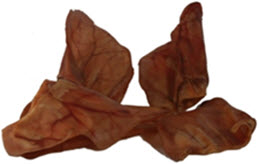
The key to successfully keeping your pet free of dog dental decay is about on par with how you manage your own dental care:
- Make sure you refrain from feeding your dog refined carbs, which contain sugar or glucose
- Have your vet check its teeth a couple of times a year
- Brush his or her teeth each and every day - and in particular if your pet has eaten soft or sticky foods that are likely to remain on his or her teeth and gums
- Use Pigs' Ears, Dental Chew Bones, Beef Knucle Bones or Steer Sticks to chew on and as treats or rewards, and make sure you always have plenty of reasons to reward your dog each day
This article and information forms part of the Carole's Doggie World Holistic Library and is presented for informational purposes only.The information is not intended to be a substitute for visits to your local vet. Instead, the content offers the reader information researched and written by Carole Curtis for www.carolesdoggieworld.com

